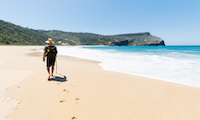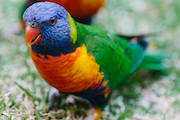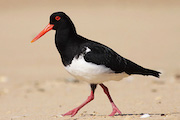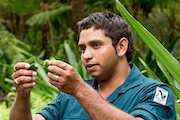Rangers check on Booderee quolls
Earlier this month our Booderee National Park rangers were out trapping the park’s eastern quolls (Dasyurus viverrinus) to conduct health checks and to look for any pouch young.
We captured three females and two had 10mm-long pouch young; four in one female’s pouch and three in the other. The third is likely to have pouch young the next time we catch her as she was spotted frolicking with a male a few weeks ago, and the gestation period is 21 days.
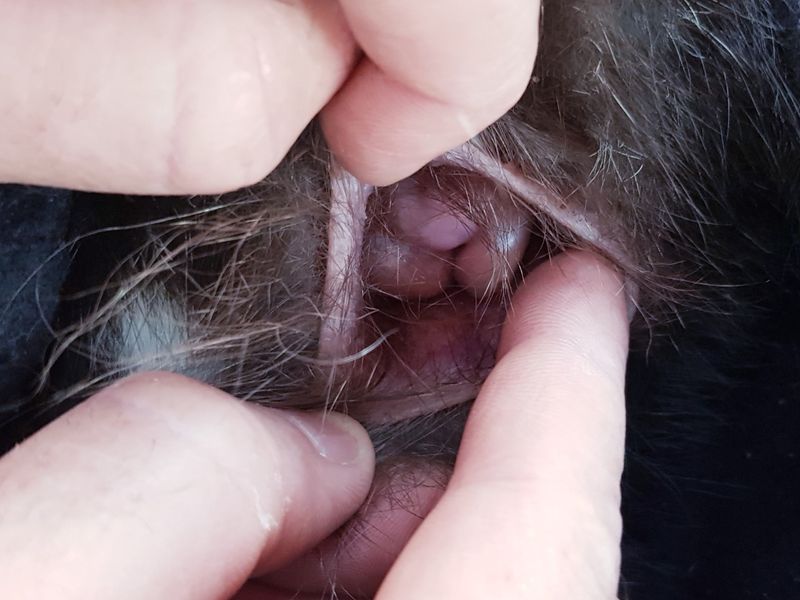
These quolls are part of an effort to re-establish a wild population of this species here in Booderee National Park, with two translocations into the park undertaken in 2018 and 2019.
These translocations have been successful in meeting a number of milestones, including: the ability of the quolls to survive in the wild after being raised in captivity, with some individuals monitored in the park for over two years; and the ability not only to survive but also to breed successfully in the wild. In addition to this is the good news that their habitat in Booderee has not been impacted by the summer bushfires.
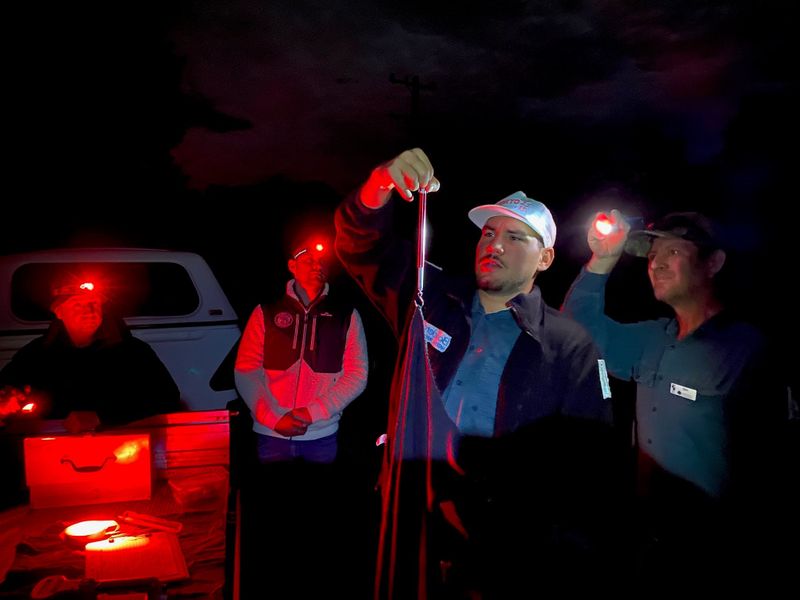
We have also learned a great deal from these first two translocations, and these lessons are informing management and plans for future translocations. High mortality shortly after release has been attributed to loss of condition after the shock of release from captivity, combined with naivety making them more susceptible to predation by foxes, dogs and pythons.
However, our monitoring has revealed that if released quolls can survive for around eight weeks, then they typically survive for far longer. Therefore, in order to boost the survival of captive bred quolls during this early period, we plan to release the quolls into a 400ha predator-free sanctuary enclosure for a few months prior to their move to Booderee. We believe this will significantly increase survivability as the quolls will have time to learn how to find food and shelter more effectively.
One milestone this project is yet to meet is confirmation of young surviving through to breeding age. As the fate of young from the past two breeding seasons remains uncertain, this year we plan to place tail-mounted radio tracking devices on the joeys as they are weaned, so that we can monitor their movements.
The recent pouch checks have informed us which individuals have young and how advanced they are, allowing us to plan for radio tracking work to occur in October/November. We are hoping that this will answer the question of whether they are succumbing to predation or dispersing out of the park.
This project is a collaboration between Parks Australia, the Australian National University, Rewilding Australia, Taronga Conservation Society and WWF Australia, with support from Wreck Bay Aboriginal Community Council.
Stay in touch
Subscribe to receive important updates about Booderee National Park.

